Cusco For Culture Lovers
The capital of the Inca Empire has something to offer almost any visitor, but is particularly rich for lovers of history, archaeology and culture. Learn more below before you plan your own Cusco adventure.
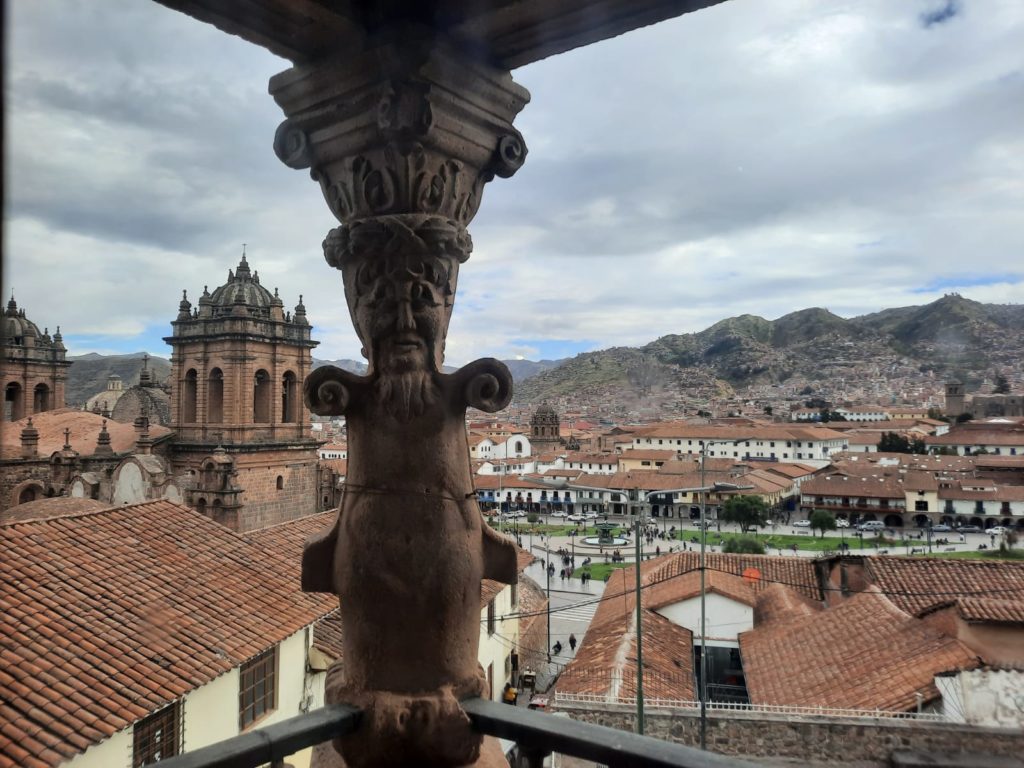
Introduction
Cusco is only the seventh most populous city in Peru, but is the city tourists are most likely to visit (after starting out in Lima). There are two related reasons for this: Cusco was once the capital of the Inca Empire, and it is also the jumping off point for visiting Machu Picchu, one of the Seven Wonders of the Modern World. So if you love history, ancient cultures, archaeology or anything along these lines, you’re going to like Cusco.
Because Cusco wears its Inca heart on its sleeve, it’s so much more than just a jumping off point. When the Spanish Conquistadors arrived in the Inca heartland, the space which is now the Plaza de Armas was lined by palaces, most belonging to past Incas (here I mean Inca as in the ruler, not Inca as in general Quechua culture) whose mummies were venerated as living gods. The Spanish destroyed these palaces, as well as the majority of the city. But you don’t need to look too hard amongst the colonial-era courtyard buildings to find surviving Inca stonework. Its exquisitely carved stones, so well fitted you couldn’t get a piece of paper between them, are instantly recognisable.
Aside from just soaking up the Inca atmosphere, Cusco is an attractive city with a lot of interesting sights to see. There are plenty of museums and churches, of course. Archaeological sites and modern monuments provide handy lookout points. And between activities there’s a good selection of restaurants, cafes and bars to try some of the local food.
Cusco’s various sites have been broken out into themes below. But make sure you read on to the end for some practical tips from my own experience (in May 2022).
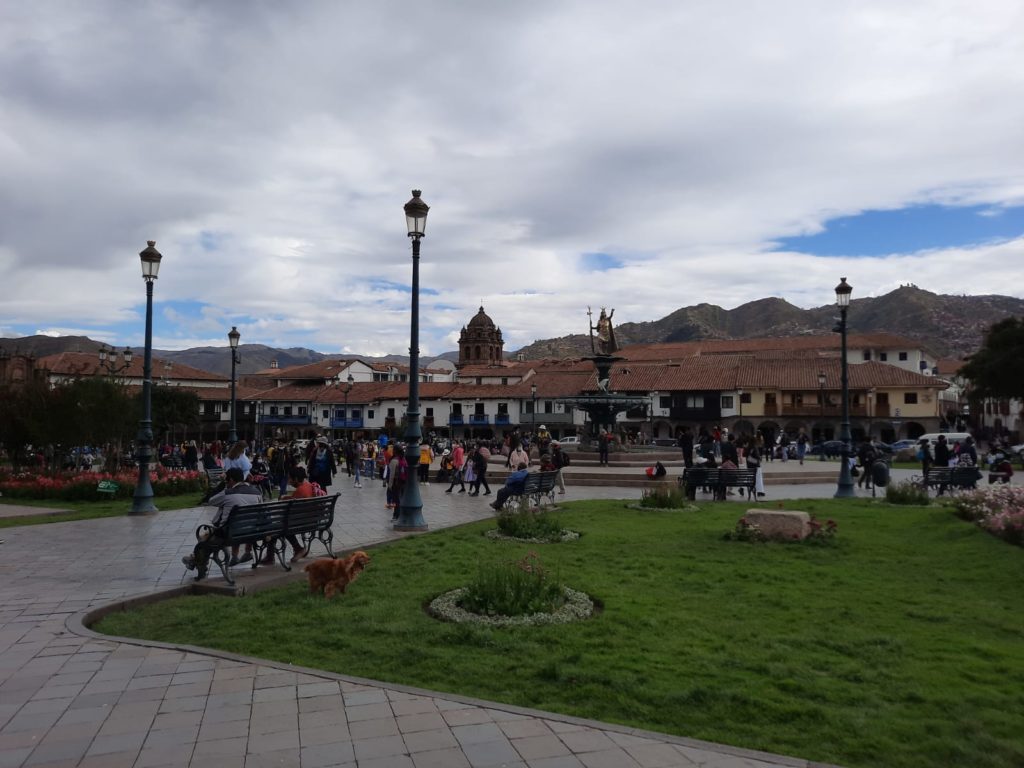


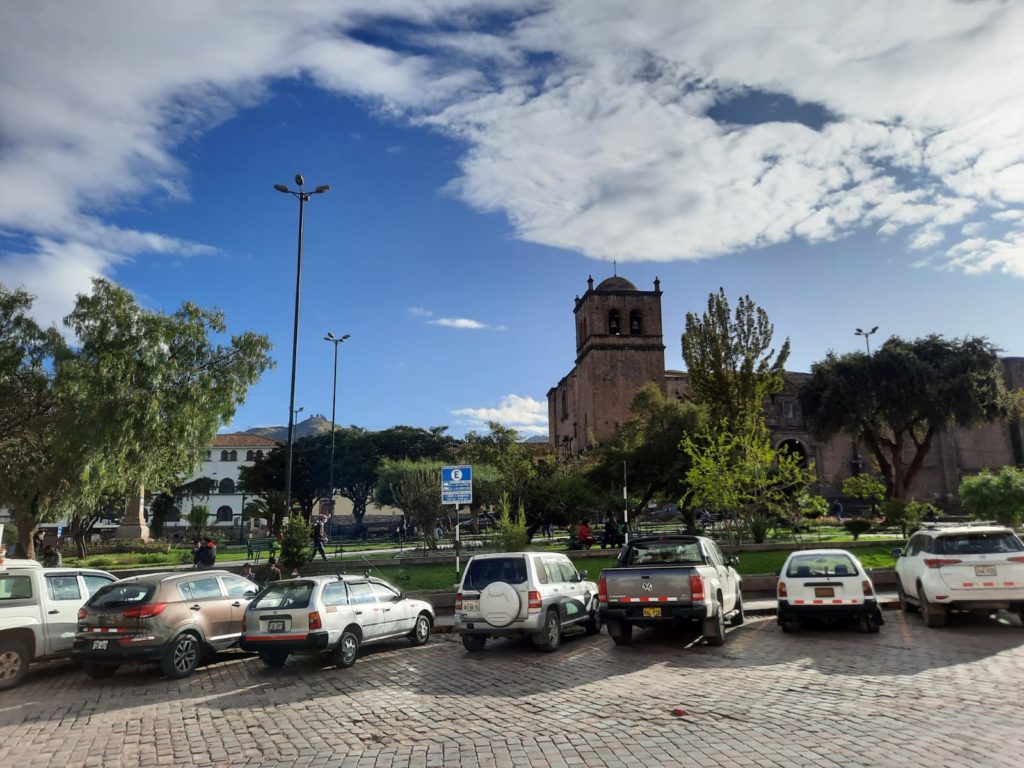
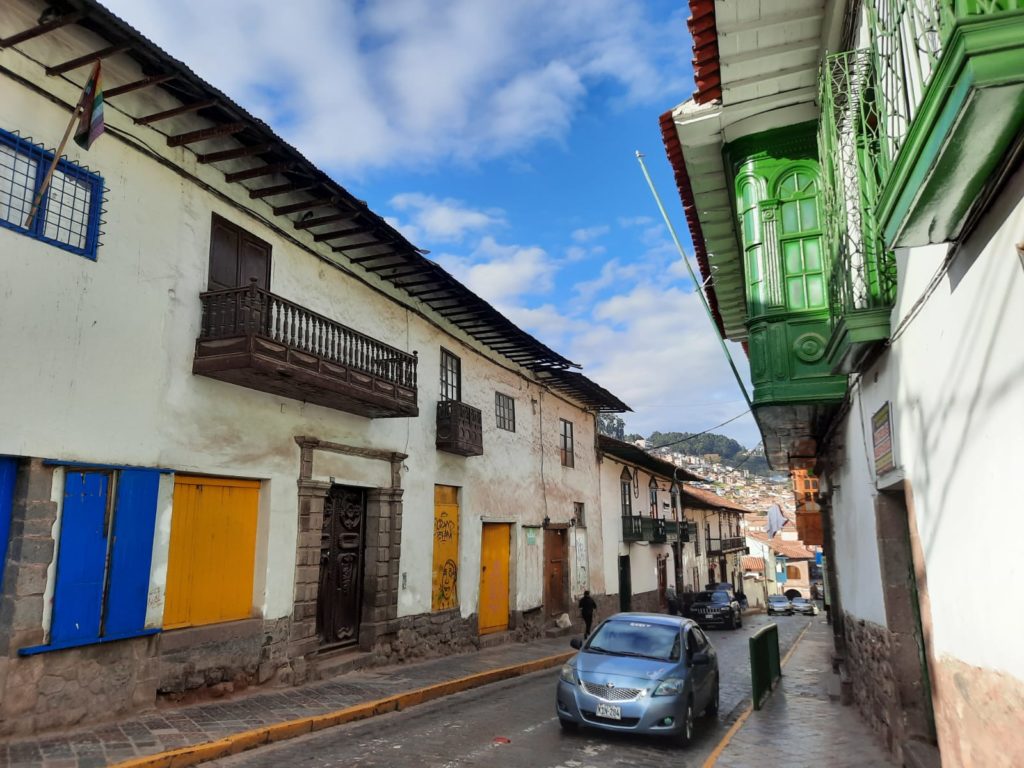
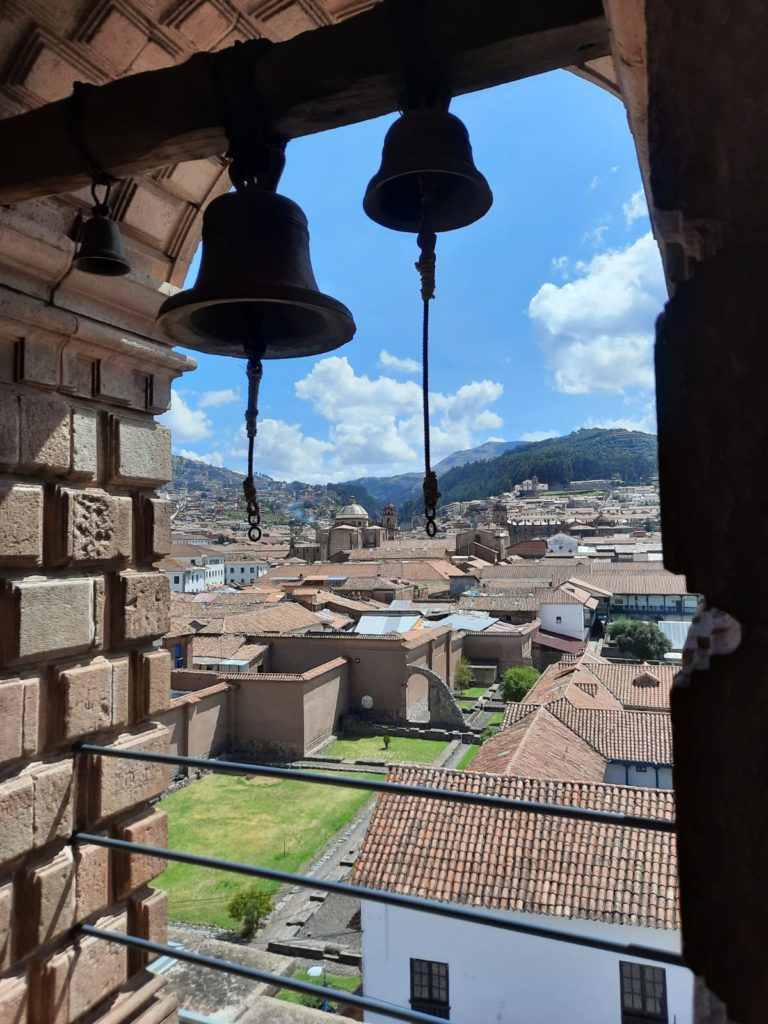
Getting Started in Cusco
One of the first things you will need to decide in Cusco is whether you want to splurge on a boleto turistico (tourist ticket). This is a ticket covering 16 sights, for 130 soles (approx. £30 at the time of writing). The ticket lasts 10 days, but most tourists won’t be spending 10 days here. However, some sights can only be visited with a boleto turistico. It’s a whole conundrum, so the next post will be devoted to this topic in more depth! If you do decide to buy one, it can be purchased at the first of the 16 sites that you visit. Or possibly at an office in town somewhere, but don’t quote me on that.
Whether or not you have a boleto turistico will then determine what you visit while you’re in Cusco. If you have one, you will likely be seeing a couple of the archaeological sites close to town, and the museums that are signed up to the scheme. Sites that aren’t included on the boleto turistico include the Qorikancha (the most important Inca temple turned Catholic cathedral), some of the most frequently visited museums, and the city’s religious sites (some of whom have their own combined ticket).
Cusco can be covered fairly easily on foot, but it is hilly. This brings me to another important point: Cusco is about 3,400 metres above sea level. If you have flown in from Lima (or elsewhere) rather than journeying slowly to acclimatise, don’t overdo it on your first day(s). Altitude affects everyone differently, but as a rule you shouldn’t exert yourself too much or eat and drink too much rich food or alcohol until you’ve given your body a chance to adjust.

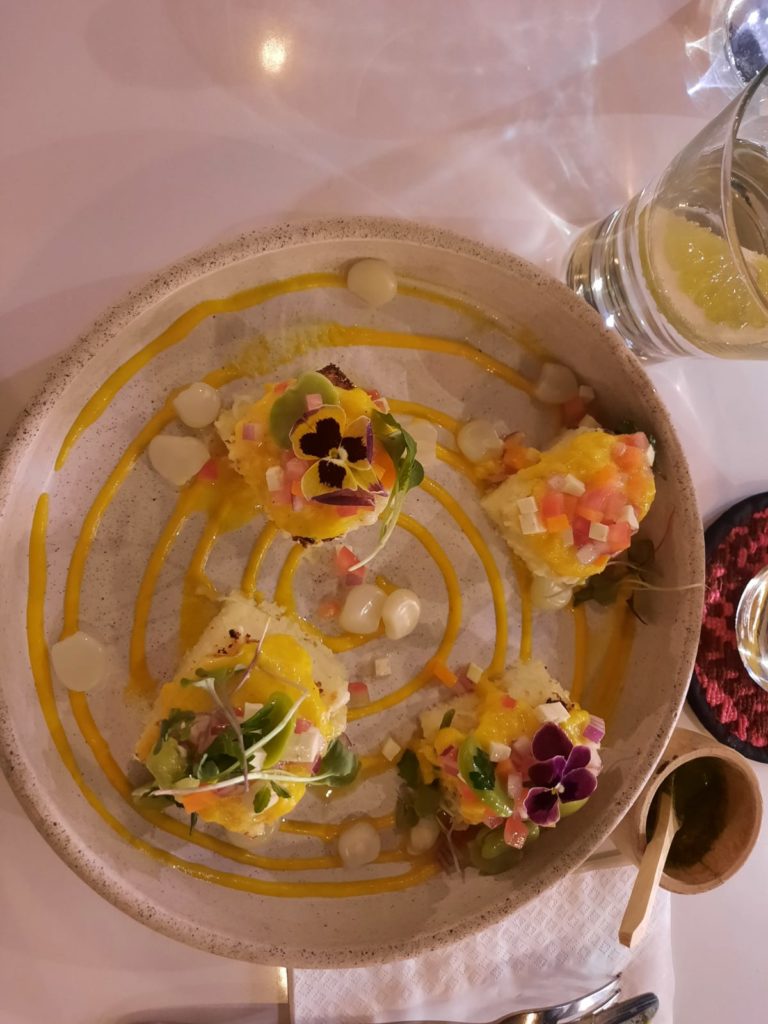


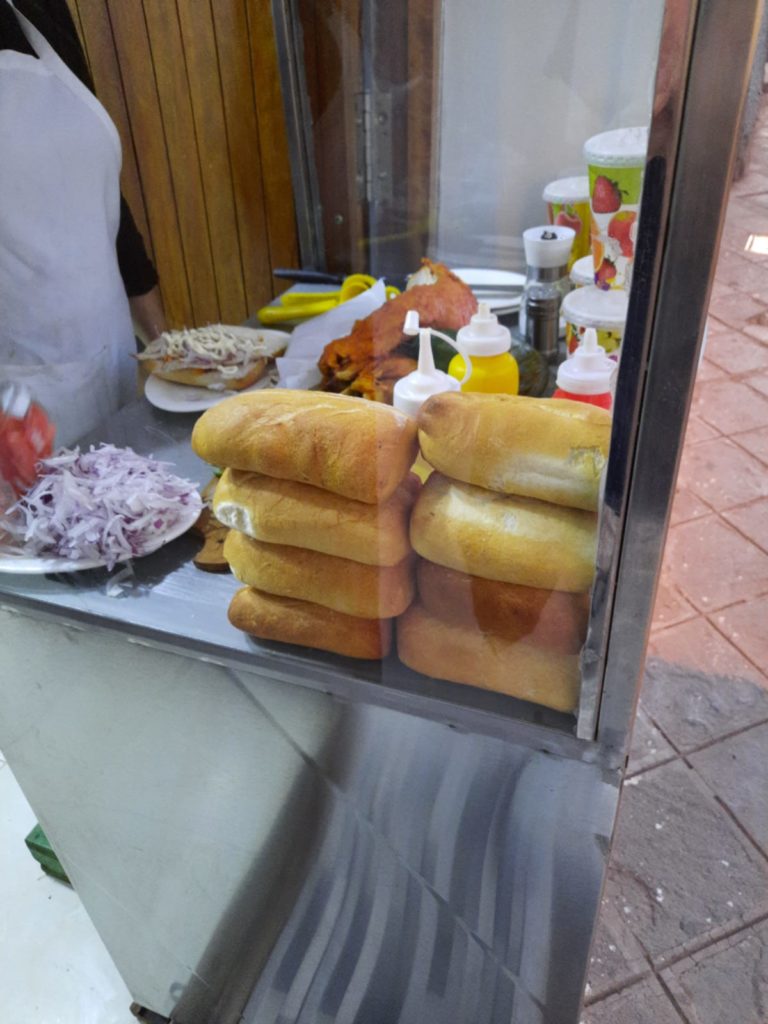

Food and Drink
Having just told you not to eat and drink too much in Cusco, let’s see what there is to eat and drink! Cusco is a fairly touristy city, so there is a range of options from street food up to fine dining, as well as international chains. The most touristy restaurants are of course the ones around the main square, the Plaza de Armas. These often have touts waiting outside with menus, trying to tempt you in. Despite this, I didn’t find them to be bad value or quality. Just make sure you’re comfortable with the options you’re picking rather than bowing to pressure from an eager tout.
If it’s a quick lunch option or snack you’re after, my advice is not to go for the empanadas. I found empanadas in and around Cusco to be very light on fillings, which makes them a bit dry and sometimes bland. A better option (unless you’re a vegetarian) is a butifarra. This is a roast pork sandwich with fresh vegetables and tasty sauces. It’s quick, cheap and delicious – look for a hunk of roast pork in the window as a sign that butifarras are on offer.
And finally, there are the ‘exotic’ options. If you know someone who’s been to Cusco, you’ve probably heard about guinea pig. Not just a childhood pet, guinea pigs (‘cuy’ is the local name for them) have long been a source of food in the Andes. I shared a guinea pig with my tour group and did not enjoy it – a very strong taste. Much nicer was alpaca, which I ate in a risotto dish.
Salterton Arts Review’s Pick: treat yourself to a delicious, modern Peruvian meal at Morena. This first floor restaurant on the Plaza de Armas serves incredible food and tasty cocktails in a beautiful setting. I enjoyed the twists on traditional Andean ingredients.
MORENA PERUVIAN KITCHEN, Cusco – Updated 2022 Restaurant Reviews, Photos & Phone Number – Tripadvisor
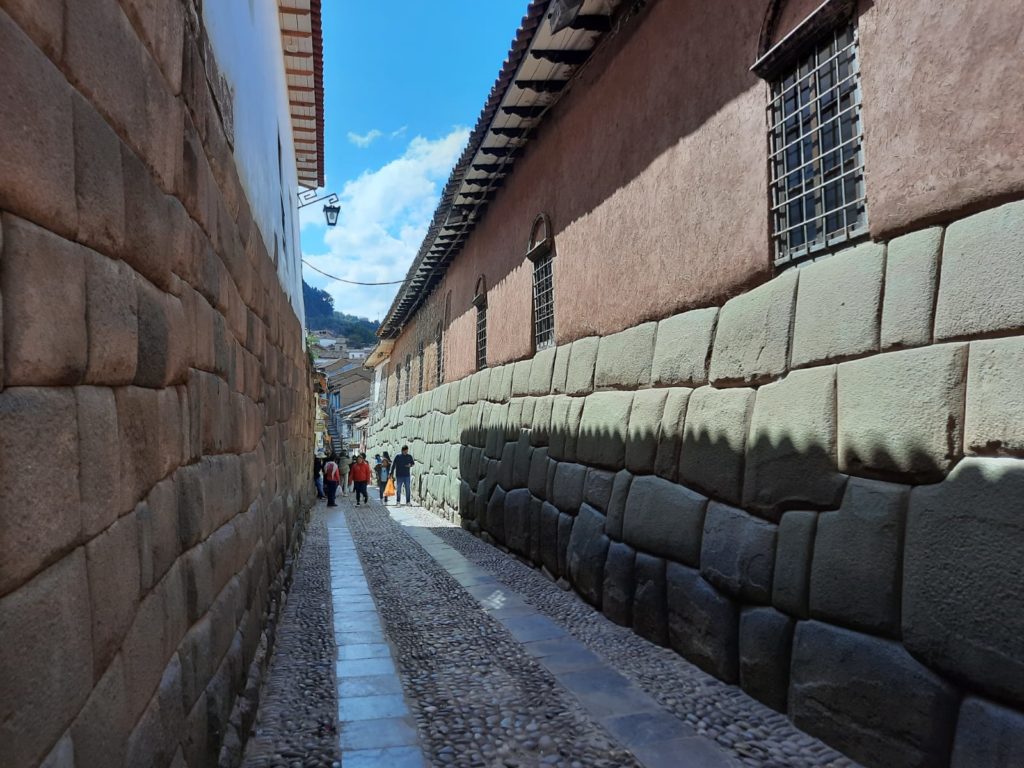

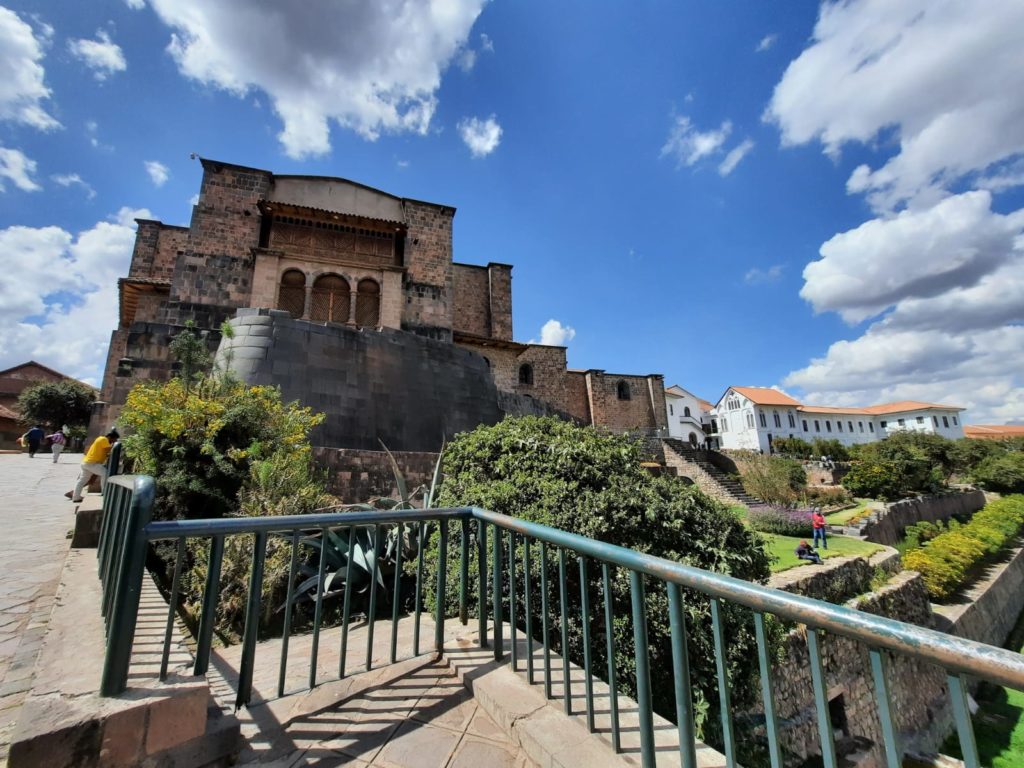

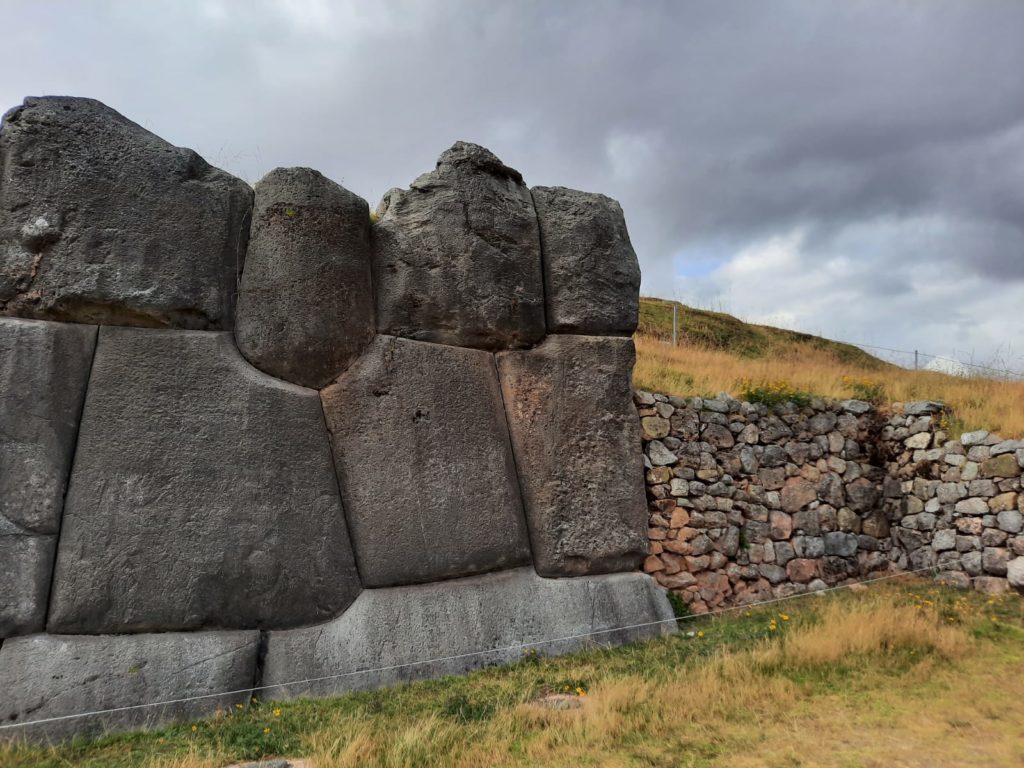
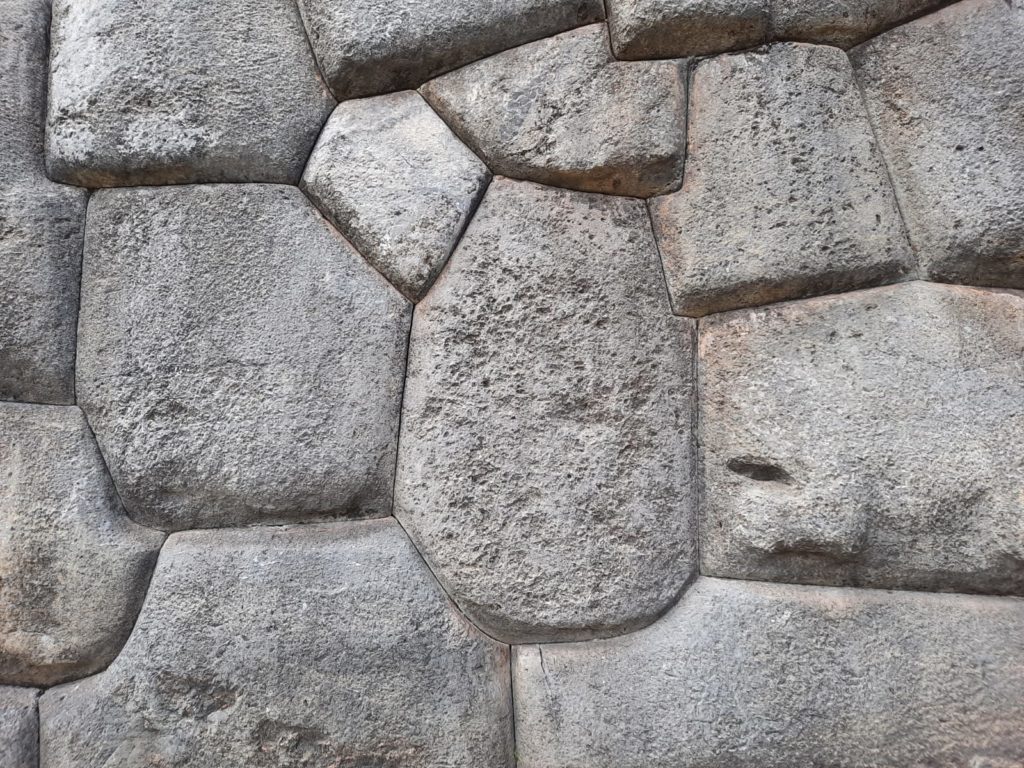
The Inca City
Now that your stomach is taken care of, on to the main attraction: the Inca city of Cusco. Once you know what you’re looking for, it isn’t too hard to find. The Inca were amazing stonemasons – their most important buildings had stonework worthy of the gods. It’s incredible looking at the closely fitted stones and remembering that the workmen didn’t even have iron tools.
The Spanish tended to raze buildings and construct their own churches or houses on top of Inca foundations. The joke was on them in the end though, as the Inca foundations tended to survive earthquakes where the Spanish buildings did not. So even today, 500+ years after the Spanish conquest, you can see Inca stonework around the Plaza de Armas, Calle Loreto, and other spots as well. In the wall of the Archbishop’s Palace you can find the famous twelve-angled stone: locals will be waiting to talk to you about it in exchange for a tip.
If you haven’t had your fill of Inca Cusco after wandering the streets, then there are more sights to see. You can head up the hill to archaeological sites like Saksaywaman or Q’enqo. Or my favourite was the Qorikancha (or Corikancha); Cusco’s Temple of the Sun until it was knocked down and became a church. A lot of the original structure is still there, however, within the Convent of Santo Domingo.
This is as good a time as any for a note on the spelling of Inca/Quechua placenames. Quechua was not a written language before the Spanish arrived. Inca record keeping consisted of oral traditions plus knotted strings called khipu (or quipu). So even today you will see a lot of variety in spellings. The Qorikancha is also written Koricancha, Corikancha or Qoriqancha. Saqsaywaman is Saksaywaman, Sasawaman, Saksawaman, Sacsahuayman, Sasaywaman or Saksaq Waman. If in doubt, sound it out and use a bit of imagination.

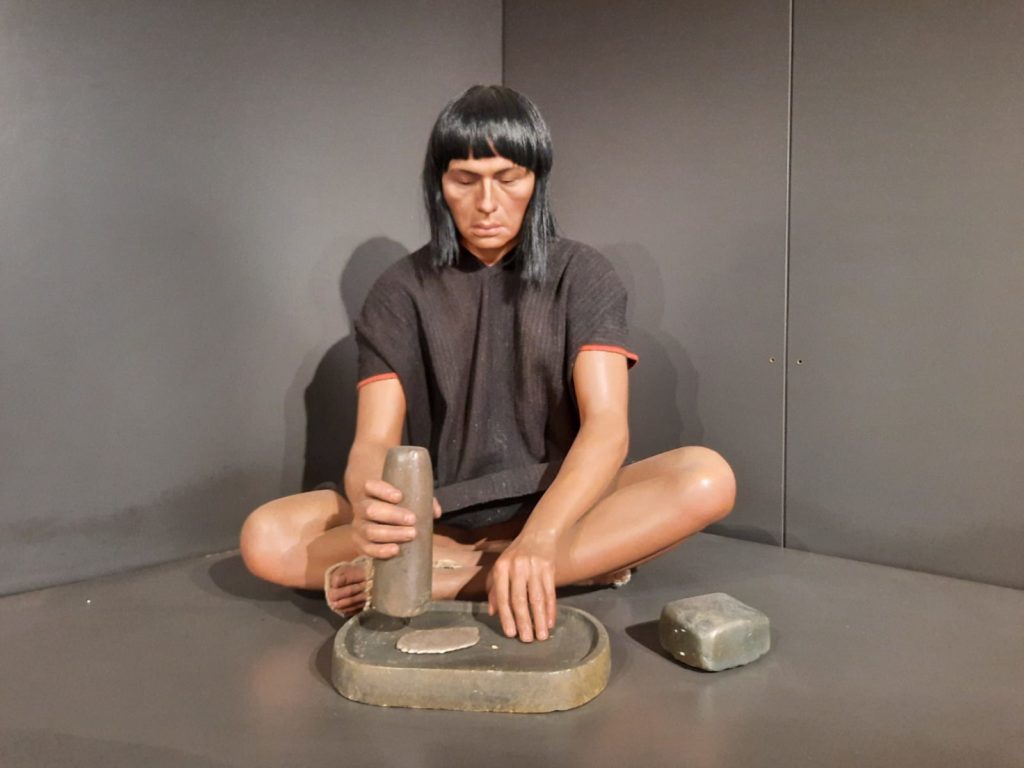
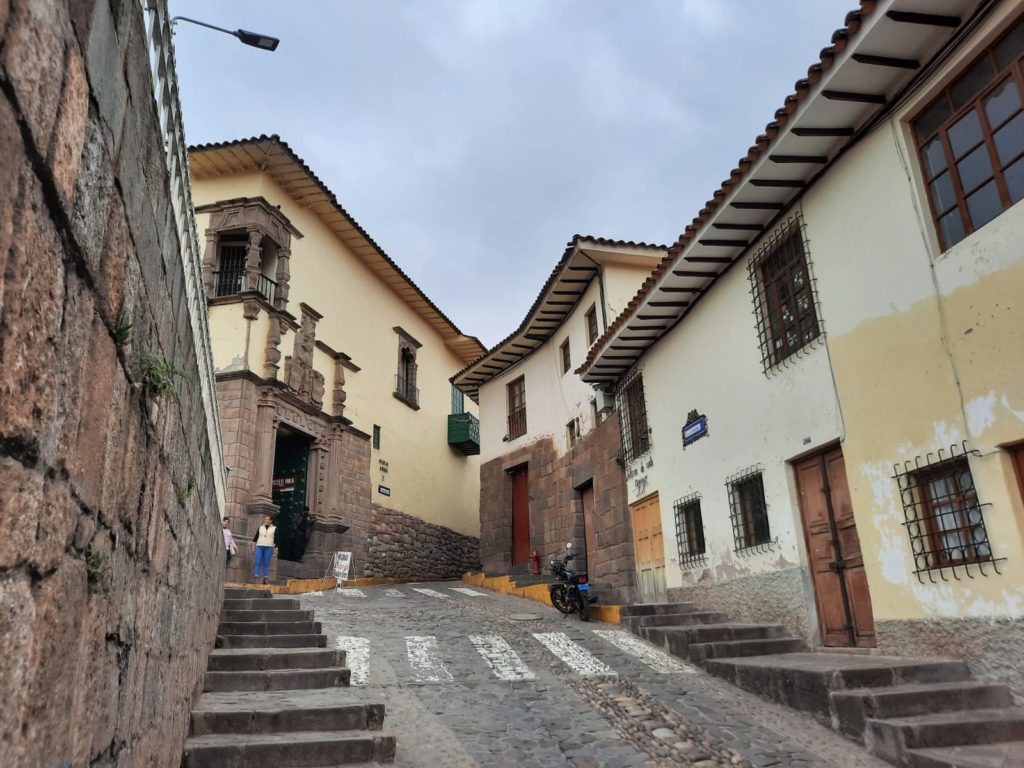

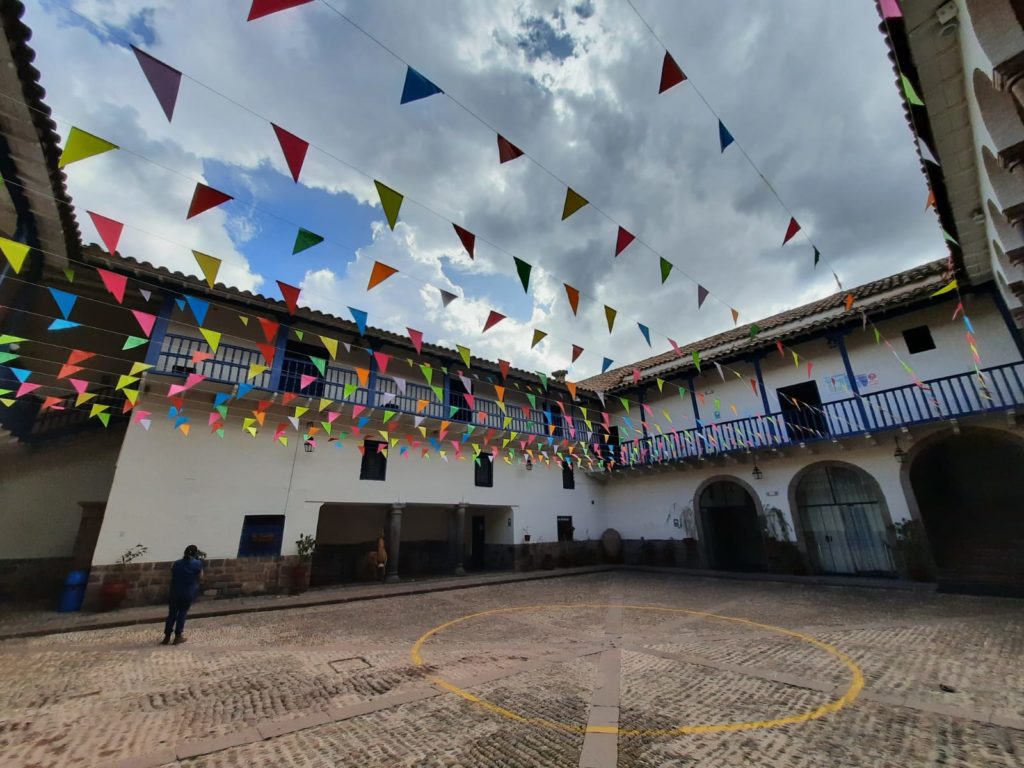
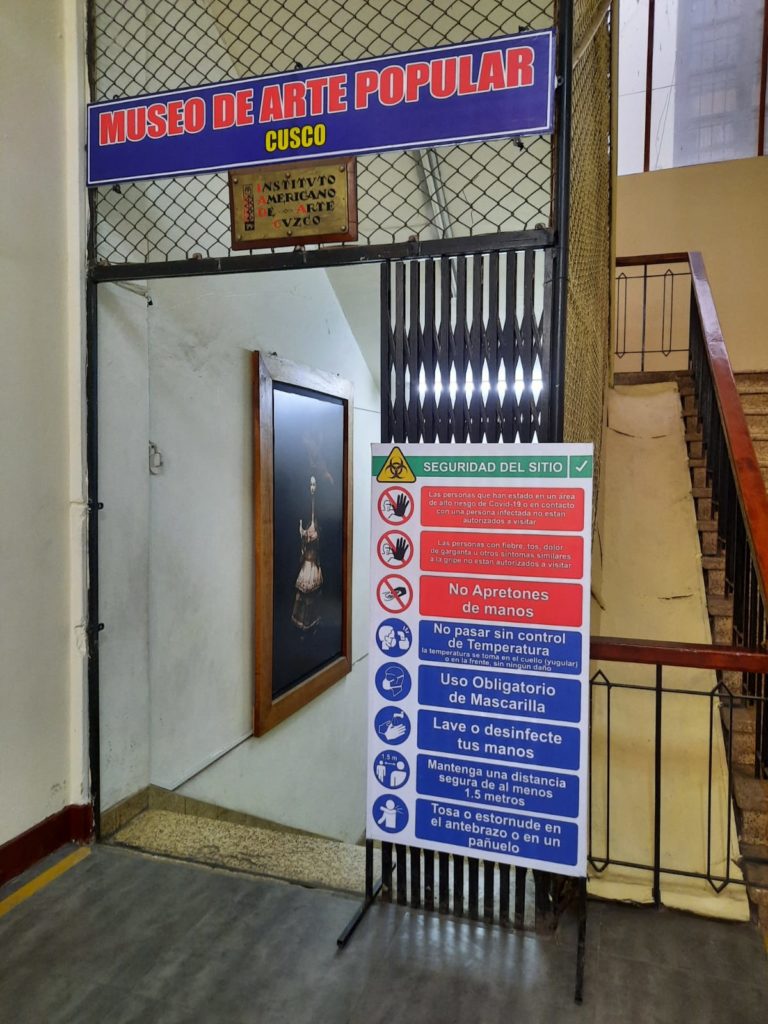
Museums
As I mentioned before, the museums you visit in Cusco may depend on whether you have a boleto turistico or not. The Museo Inka is one of the most prominent museums in town, and isn’t part of the ticket. If you’re heading to Machu Picchu (or have been already), you might want to check out the Museo Casa Concha. This is also known as the Museo Machu Picchu as it displays objects found there by Hiram Bingham, taken by him to Yale, and returned in recent years as part of an agreement with the Peruvian government. The artefacts themselves aren’t particularly unique – it’s knowing they came from Machu Picchu which makes them special.
Elsewhere, and on the boleto turistico, there is a Regional History Museum, Folk Art Museum, Contemporary Art Museum. There’s normally a Museo de Sitio Qorikancha (as in a museum of Qorikancha as an archaeological site) but this was closed when I visited in May 2022. These are museums I would only recommend to museum lovers. The experience of visiting them is a little peculiar; one cannot be visited unless you have the official tourist ticket, and another is in the basement of a government building. I enjoyed them, but I’m a quintessential museum lover.
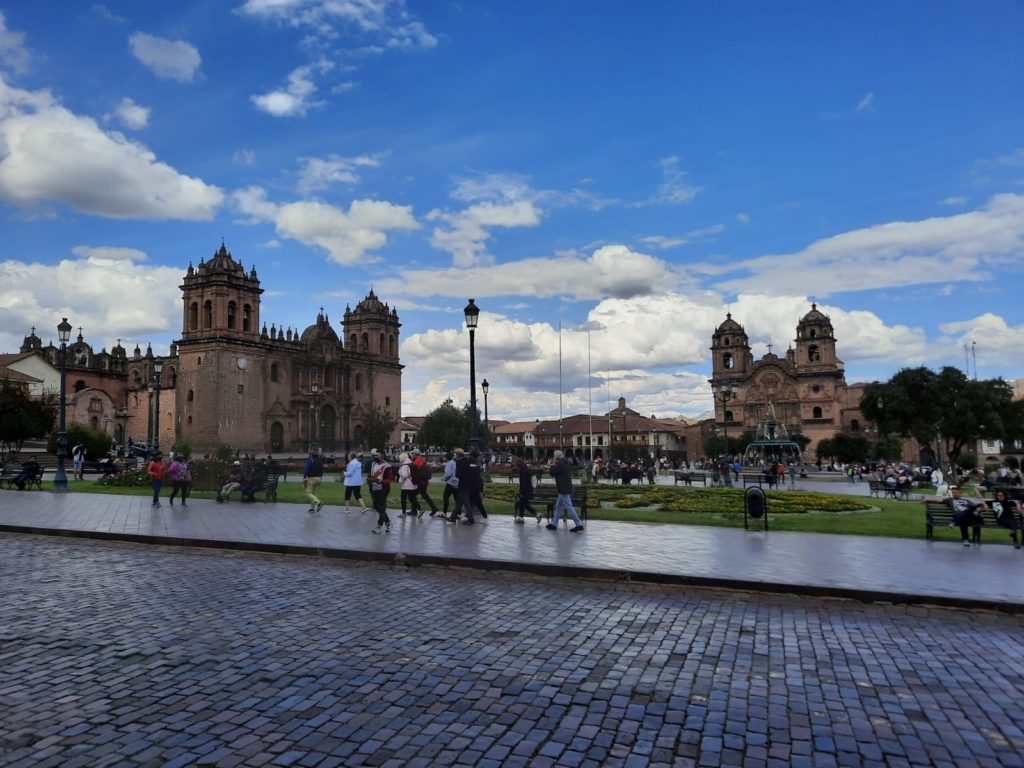
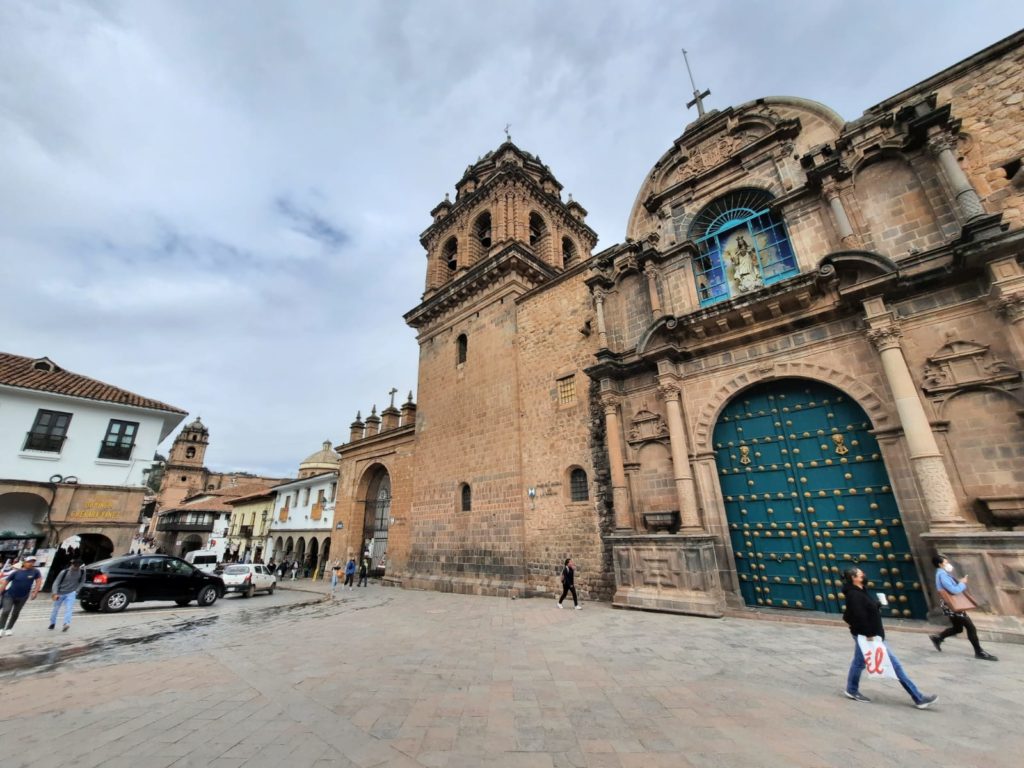
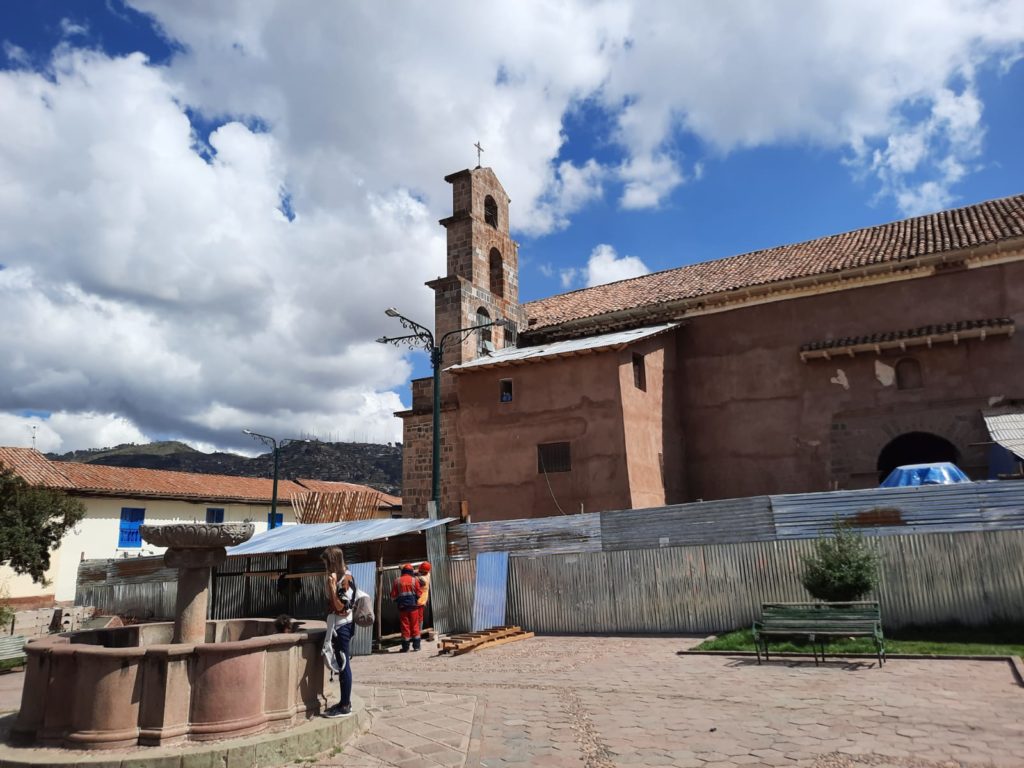


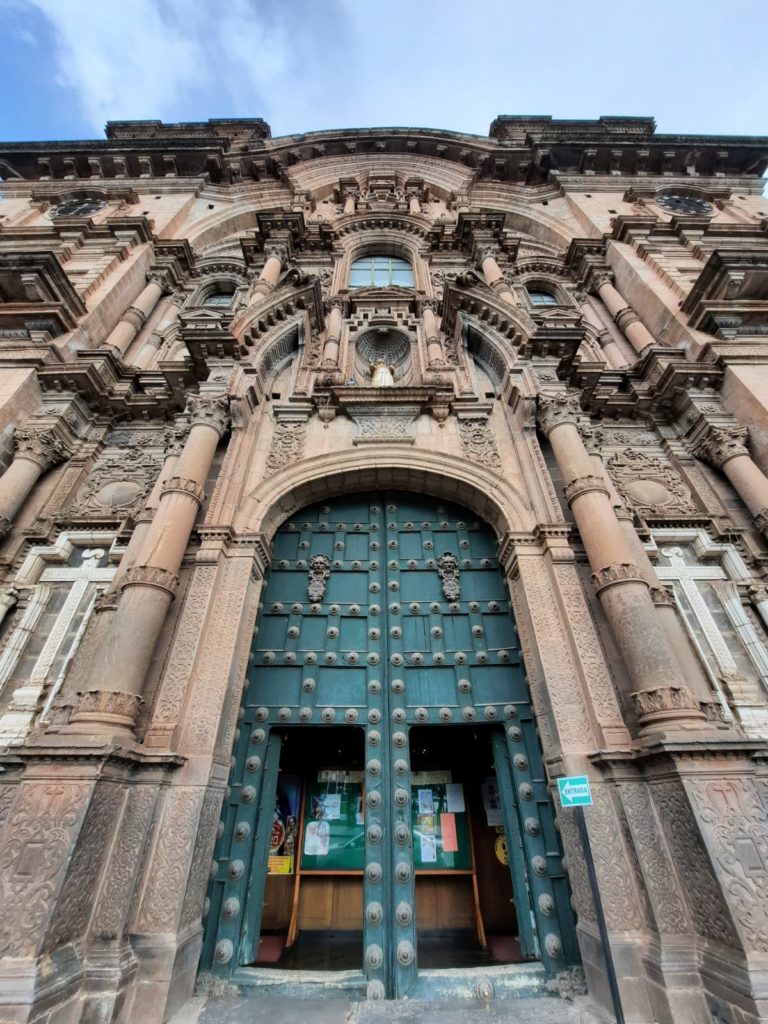
Religious Sites
In Lima I wrote a dedicated post on the city’s religious sites. I won’t be doing that for Cusco as it’s largely the same idea. Each of the main religious orders like the Franciscans and Jesuits has a prime spot, as well as the city’s main cathedral. Several of them are on the Plaza de Armas.
All of the main churches charge an entrance fee. I didn’t bother with the combined ticket as I didn’t have enough time in Cusco to get to all sites. Start with the cathedral, which is actually three churches in one. This is where you will find the famous painting by Marcos Zapata of the Last Supper with Jesus and disciples eating guinea pig and drinking chicha. The Jesuit church, the Iglesia de la Compañía de Jesús, is also on the Plaza de Armas. Apparently the Pope told them not to build it to rival the cathedral. Only by the time the message got through it was too late. A splendid Spanish Baroque façade is the result.
The Qorikancha is of course another of Cusco’s religious sites to visit. And the church of San Blas in the neighbourhood of the same name is charming, even if it was undergoing renovations when I visited. The Church and Convent of Santa Clara also has a small museum open to the public.
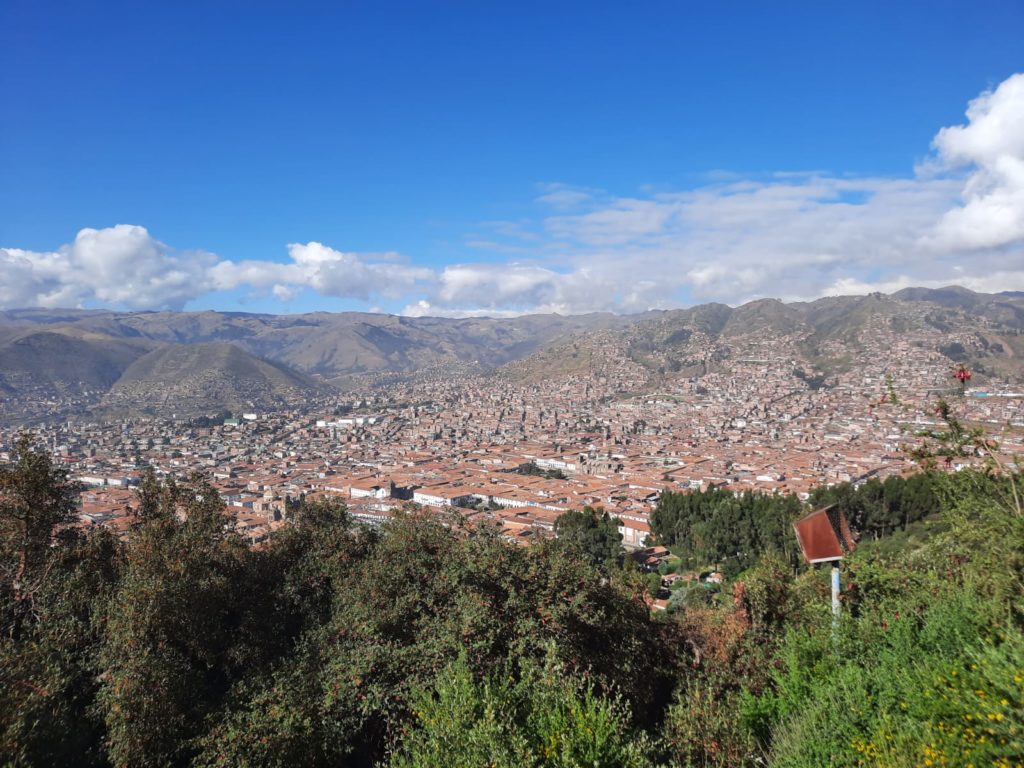

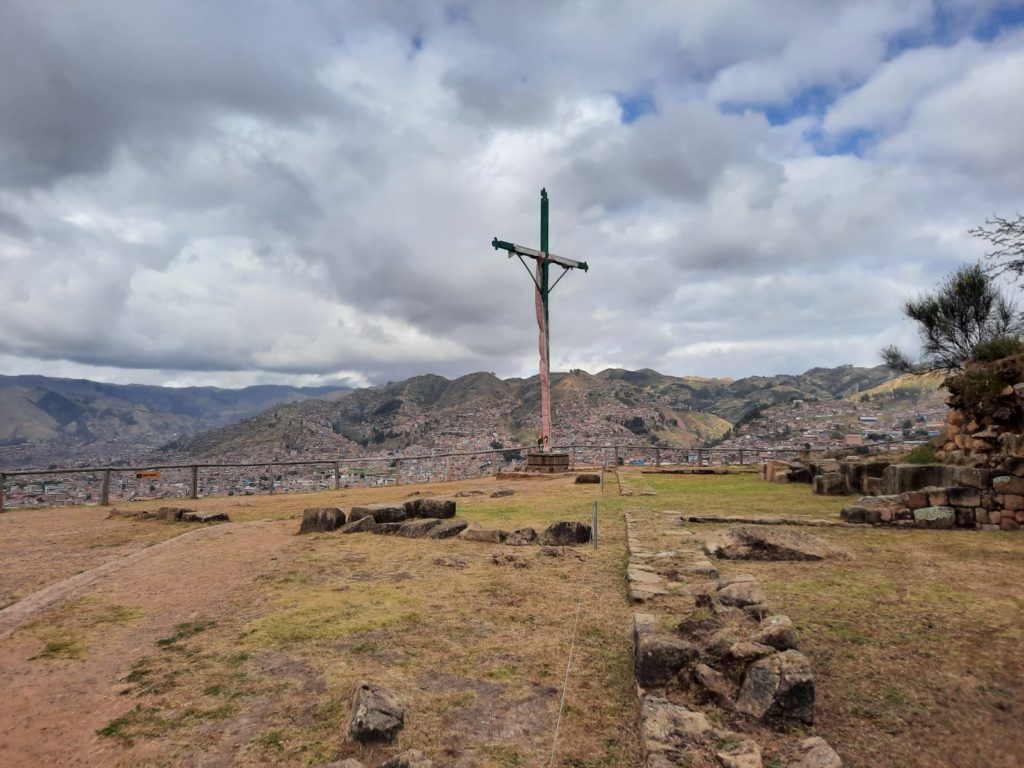
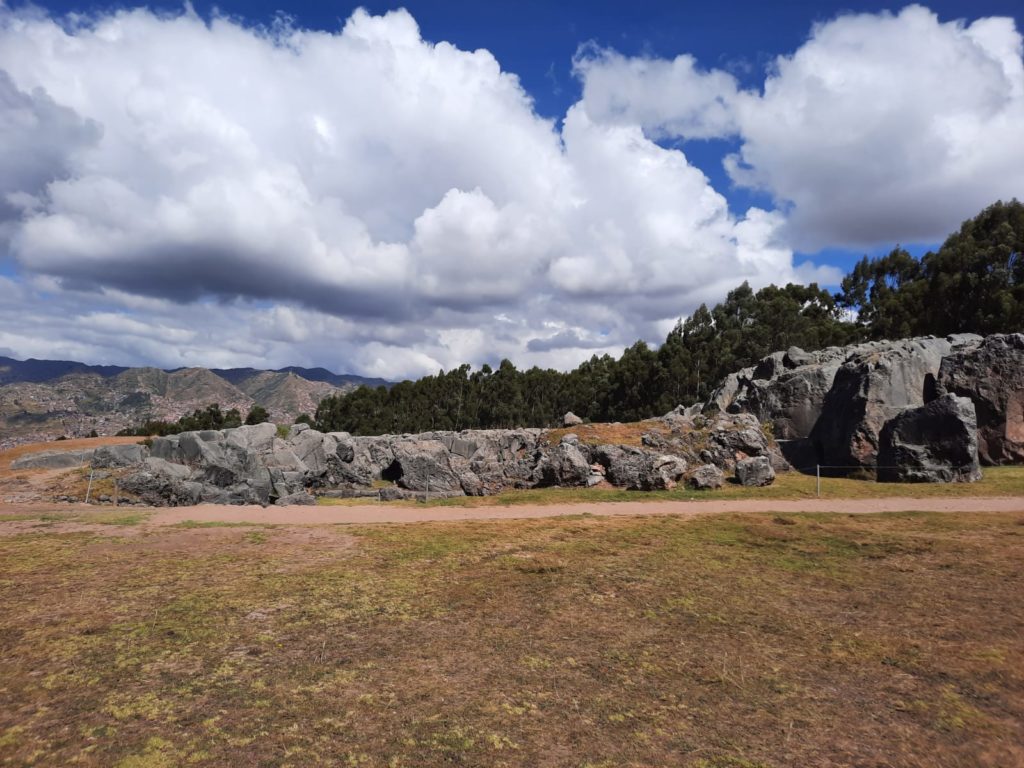
What To See Nearby
Given that this is the Inca heartland, there is plenty to see outside of the historic city centre. Just a few minutes’ walk south is a monument to Pachacutec. It’s part of the boleto turistico so more on that coming soon. At the other end of town, in the hills above Cusco, are a couple of interesting archaeological sites. Saqsaywaman is the main one, but there’s also Q’enqo, Puka Pukara and Tambomachay nearby. And Pisaq, Ollantaytambo, Moray and Chinchero are within daytrip distance.
Several of these are within what is known as the ‘Sacred Valley’. Sounds like an interesting Quechua designation. But according to my guide book the term actually was actually invented to market a driving rally in 1950. But anyway. There are Sacred Valley day trips and multi-day trips departing Cusco. Or you could try for the Rainbow Mountain (local disputes permitting) or adventure sports options.
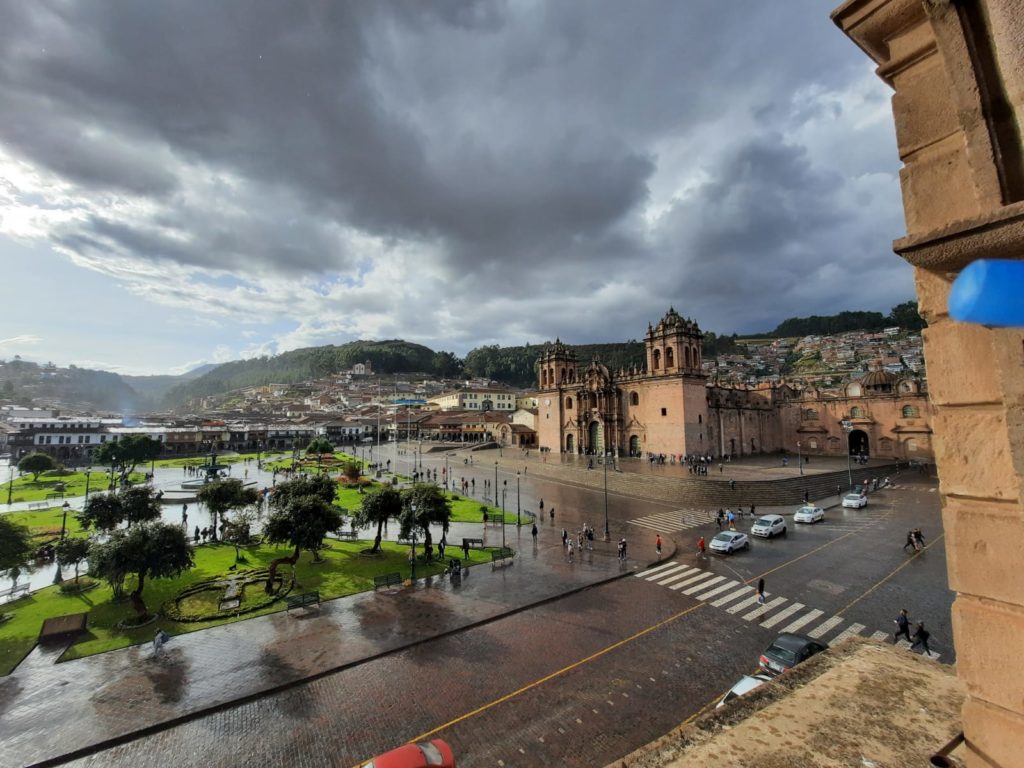
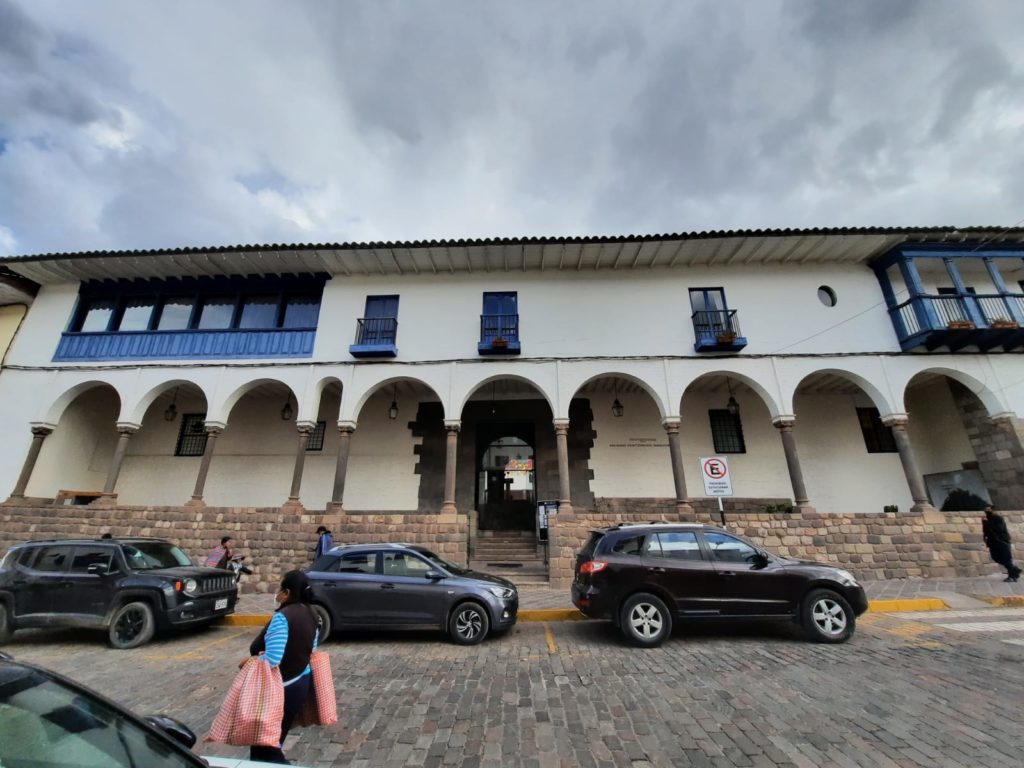
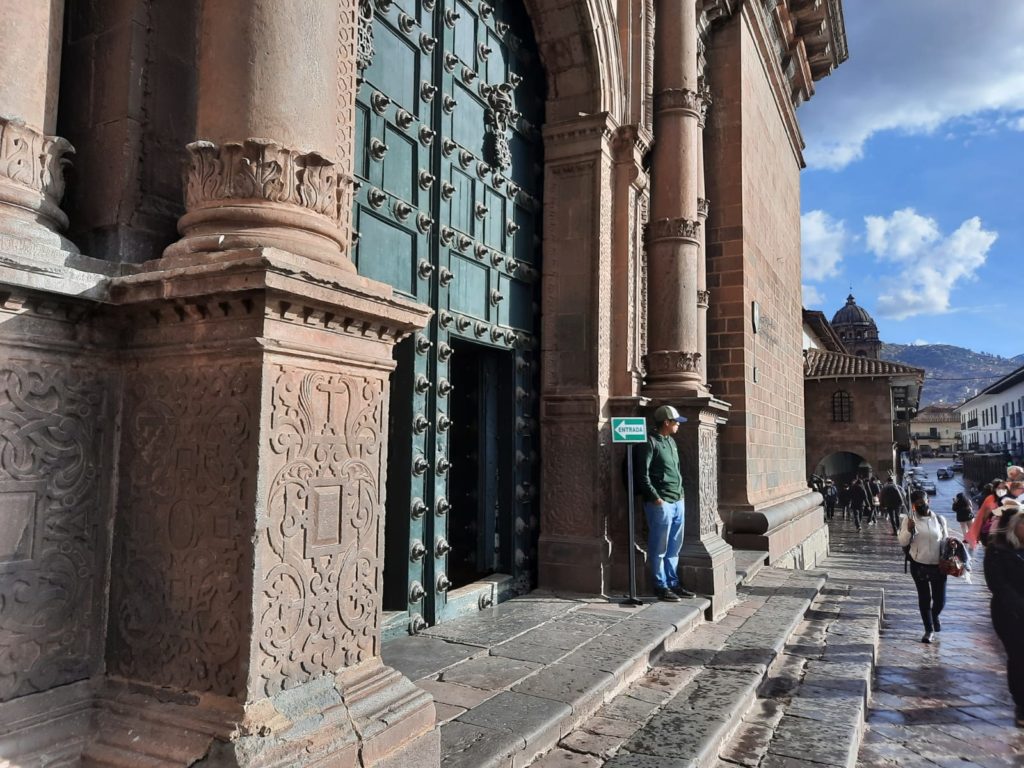
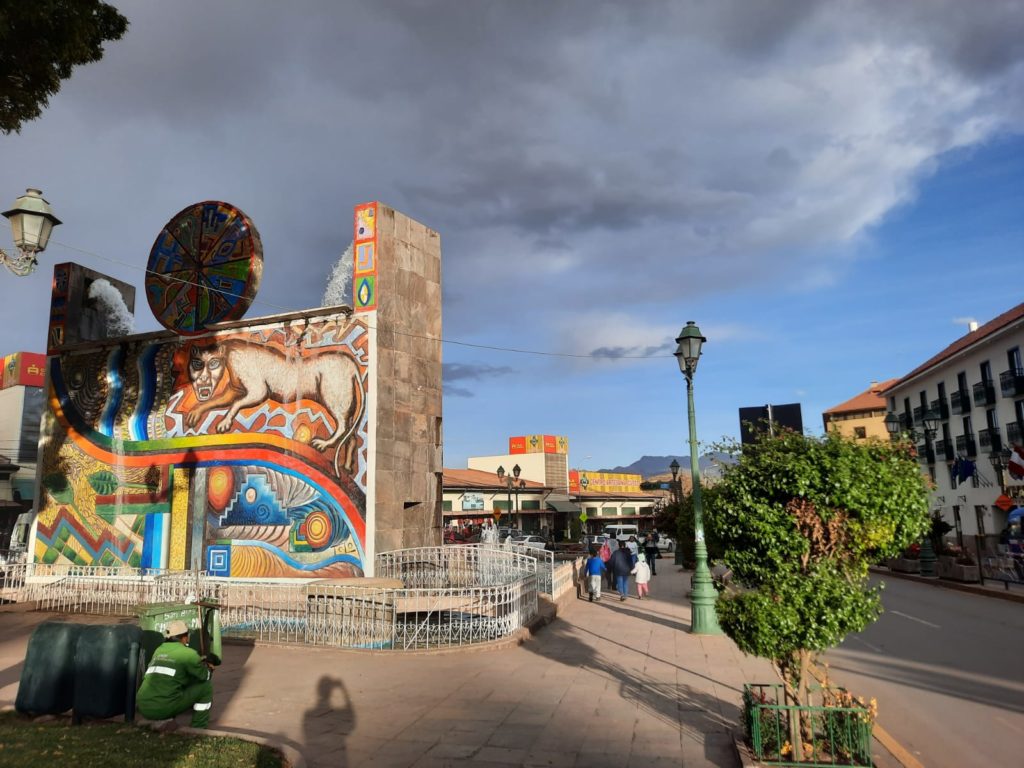


Some Practical Tips
A few pointers for your trip to Cusco:
Do plan out your journey if you’re going to one of the sites outside of the city centre. I was able to get an Uber up to Saqsaywaman, but nobody wanted to pick me up for a return journey so I ended up walking! If you’re going any further than this you will want to have a plan in place as the roads can be a little busy and narrow, and muggings have occurred in some areas.
Do have at least one drink or meal overlooking the Plaza de Armas. It’s touristy but the views are glorious.
Don’t take photos of the women in traditional Andean dress with baby animals (alpacas or sheep) unless you’re planning to pay them! This is how they make a living.
Don’t have seafood this far from the sea. Admittedly this is second-hand advice from friends who had seafood in Cusco and regretted it. I did not, and my stomach thanked me for it. Trout is a river fish, however, so is a safer option if properly handled.
Trending
If you see this after your page is loaded completely, leafletJS files are missing.

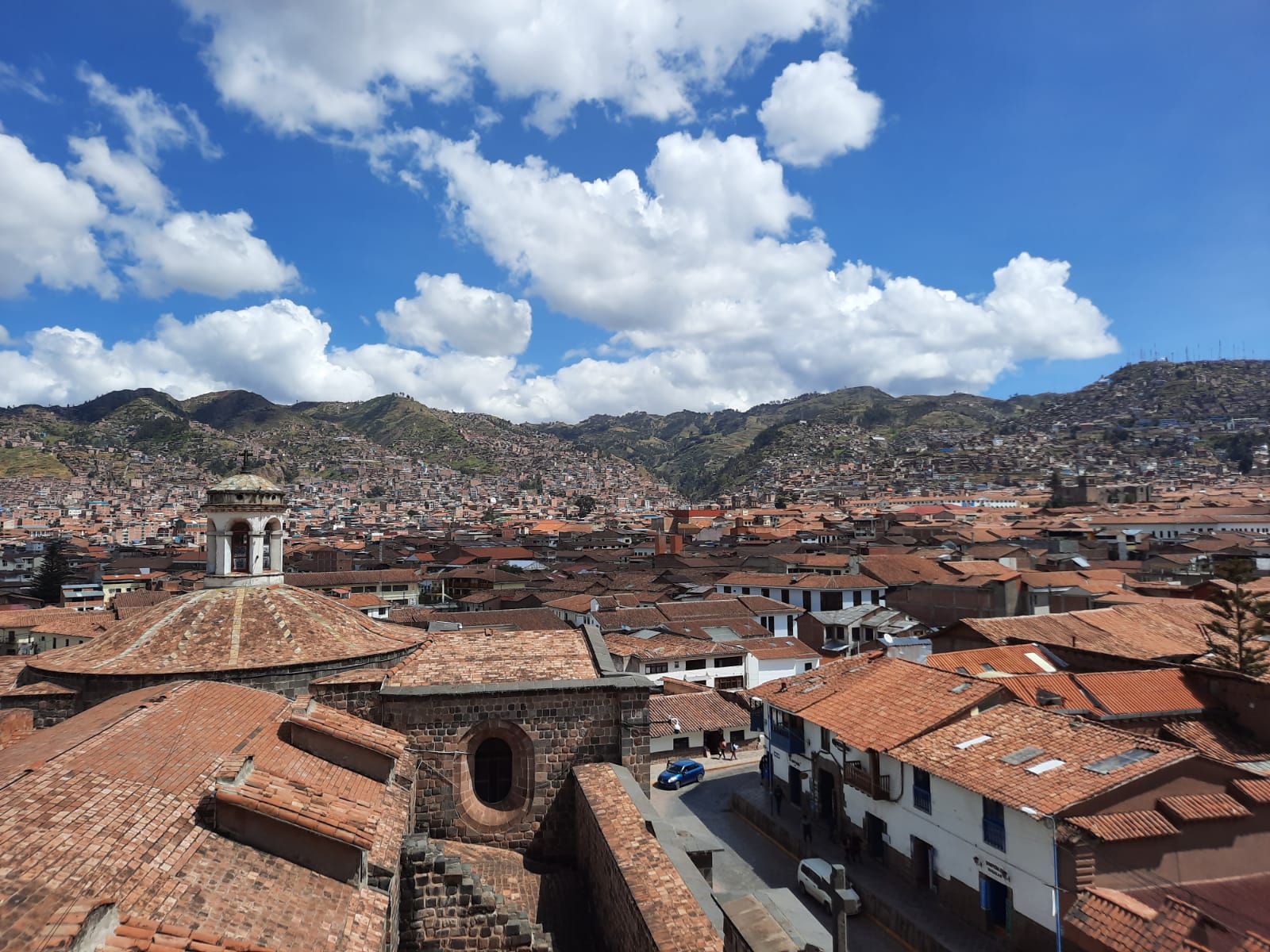
3 thoughts on “Cusco For Culture Lovers”